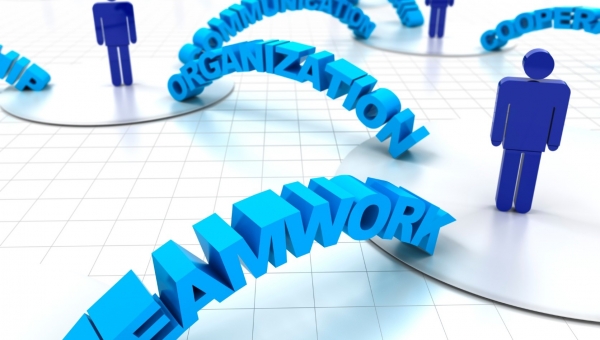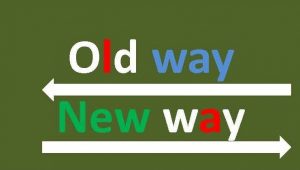
Genuine teamwork remains as elusive as it’s ever been, that is what says Patrick Lencioni, founder of The Table Group.
Since ancient times we have been researching to understand human behavior. We like to know and understand what people do, how they do it and why they do it. We, as human beings, always tried to observe in ourselves and others.
Different civilizations described human behavior according to different methods and systems, until modern psychological schools came. William Moulton Marston developed a new model in the twenties of the last century to help understanding how normal people felt and behaved in the world around them.
Interacting individuals gives a big chance for all of us in our daily activities. We usually need to pay serious attention to our patterns of behavior and the different models we find in our businesses. So we have to design how we think, but above that, how we interact in our teams and what happens with our relationships.
There are two main concepts to consider very important. Perception and Environment and how they interact, how we see others, circumstances, challenges, chances and events. This would be the external vision. But the perception of oneself is also very important when we compare our own power with the environment. This is how we see the environment around us, more or less powerful.
When we create, develop and build teams, we need to consider different approaches and at the same time to understand that people have different views of the same situation. None better than the other, each style is somewhat unique and different, just like our individual fingerprints, but they provide richness and completeness to the different situations. If everyone would view the situations in the same way, people would not enrich with diversity offering different perspectives and solutions.
Different patterns of behavior have different perceptions of the environment and self, so each one of these behaviors try to adapt themselves to the environment they perceive. Teams are built with different styles, so the leader will have to understand it to manage them effectively and balance them enhancing them with some behaviors that bring together all members of the team.
As I said on my last post, “Telling Stories with Design of Thinking”, our believes will determine our thoughts and these will make real our feelings. This will define our personality and finally our behavior will define the result of our actions.
Team building has different stages, and most likely, different behaviors would be the best to connect with those different stages. So if we are in a forming stage, we need team members more enthusiastic, team oriented, with a dimension of behavior that considers the environment favorable.
When we achieve the storming stage, which is probably the most difficult stage for the team, group members realize that the task is more difficult than they had imagined and express their individuality through hostility and overzealousness. In that period of time we will need as leaders to manage the team developing the commitment and accountability in a strong way to succeed. Different patterns of behaviors, which they are the dimensions, behave in a different way in front of commitment and accountability, so we will have to lead them to achieve those ones effectively.
But previously, managing conflicts in a positive way will be definitive to overpass all the difficulties in that stage.
During this next stage, norming, members accept the team. The team starts to develop and become cohesive. Realizing that they aren’t going to drown, they start to work together to keep each other afloat. Trust development, based on vulnerability, will bring high level of intimacy, through sharing and discussion, and new abilities to express emotions and give constructive criticism.
Performing is the last stage, and results are coming. Members of the team perform as a unit and have discovered and accepted their various strengths and weaknesses, but also the different styles and behaviors that make a unique, cohesive and balanced team.
Leaders are responsible to achieve the effectiveness and alignment of the team. Managing team members, knowing and understanding the different dimensions of behavior, will facilitate the impact on the team results.
Leaders cannot change the way of thinking of team members but they can enhance the performance of the individuals and the team, understanding the different team member’s dimensions of behavior and themselves.
In these times of deep and rapid changes we need to pull our heads out of the sand and design new ways of thinking.





